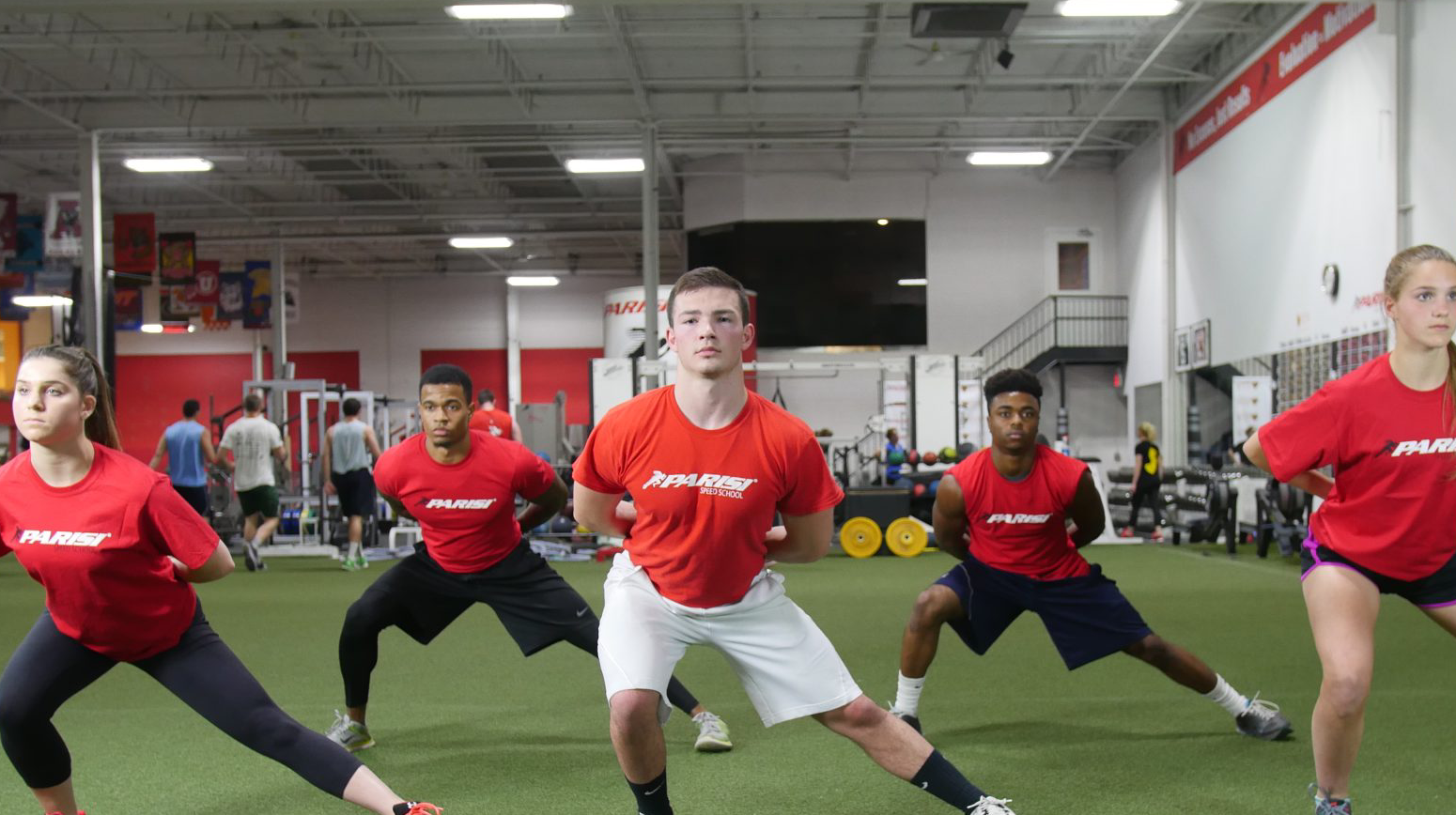As this research review releases, a few days ago Bill Parisi and friends held a great Fascia Science in Sports Performance weekend seminar. The weekend brought some amazing presentations and one of them centered around fascia and joint stiffness, specifically as it relates to the ankle and sprint performance.
Which got me thinking…
How do you train stiffness and can we quantify its improvement to the body? So I set out on Google Scholar to scour the internet to see what I could find. I found a great article in the Journal of Strength and Conditioning and can’t wait to share it with you!
For those who may be new to our research reviews, here’s how they break down…
Part 1: What we know.
This is going to explain what the research was looking to study, how they studied it, and why you should care.
Part 2: Any comments or concerns about what the study is showing?
Sometimes the best research study looks so good on paper, but then when you dive in you see that it was done on olympic athletes, or was sponsored by a specific company, or something else that can throw a major red flag on its effectiveness in practical use. Alas, that is what we are for here at Parisi HQ
Part 3: How can I use this?
This part is going to explain practical applications of the research. Typically research is lab based and can be hard to replicate when you’re a Performance Coach on a budget. I’m going to do my best to break down how you can actually apply this research to you coaching
Here’s the article of note, in citation format for you grammar nerds out there…it’s hyperlinked to the text in case you want to dive in yourself.
Part 1: What we know.
This research article is a true article form. Throughout it summarizes various meta reviews and individual research studies.
Getting to the point… this article and the authors delves into the multifaceted role of lower extremity stiffness (LES) in athletic performance and injury prevention…two things we care about greatly in our profession. It outlines how optimal levels of stiffness contribute to improved performance in dynamic movements like sprinting and jumping, enhancing energy transfer and propulsion. Most importantly, and the reason I chose this research topic, stiffness is suggested to play a role in reducing the risk of lower extremity injuries such as ankle sprains and ACL tears, although excessively high or low stiffness levels may predispose individuals to injury. The article recommends a balanced approach to training interventions aimed at optimizing LES, incorporating exercises that enhance muscular strength, power, and flexibility.
Part 2: Any comments or concerns about what the study is showing?
There are potential concerns regarding the generalizability of findings, methodological limitations, and the complexity of lower extremity stiffness – all of which were clearly outlined in the article- measurement not thoroughly addressed in the article.
Additionally, the discussion on injury mechanisms and updates in research since the publication of the article may warrant further exploration. This was released in 2014, and with the growth and progress made, specifically in the fascia science realm, there will undoubtedly be more updates in this area to come.
Nonetheless, the article provides valuable insights into the significance of LES in athletic performance and injury prevention, offering practical implications for training strategies in sports and exercise settings. More on that below!
Part 3: How can I use this?
This article had a great segment on practical applications – most of the time these sections are pretty vague. As a Performance Coach, it’s important to understand that a fundamental level of strength is required to develop knee/hip extensor strength and increase tendon stiffness before the more demanding power and high eccentric loading stretch shortening cycle activities are introduced. The baseline we have always had success with at Parisi is to have athletes goblet squat 50% of their body weight for 15-20 reps. Not saying that it’s perfect, but it does check a lot of practical boxes for us.
The article also recommend following a 4-step progressive plan:
Phase 1: eccentric jumping focusing on landing mechanics, quiet landings, and freezing on contact
Phase 2: low-intensity fast plyometrics focusing on ankling/skipping, with short contact times and legs acting like a stiff spring.
Phase 3: hurdle jumping, emphasis on short contact time and some degree of jump height, and contact time is used as a feedback tool.
Phase 4: depth jumping, short contact times with maximal jump height, “jump fast, jump high.

